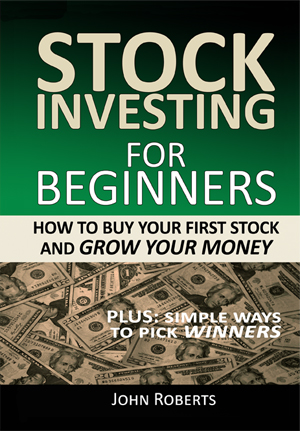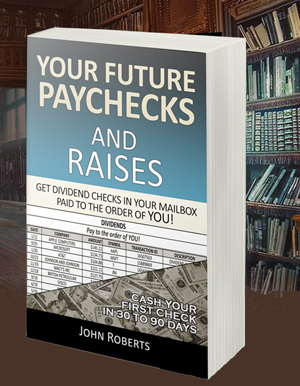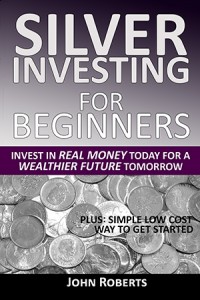Many Exchange Traded Fund’s Are Cheap: And That’s A Good Thing
One of the benefits to investing in Exchange Traded Funds (ETF’s) is that many of them have lower expenses than other types of funds. And these fund expenses are important to you as an investor. Because the lower the expenses, the better your return from your stock fund.
For example, let’s say you were invested in a stock fund that owned $100,000,000 in stocks, and they had administrative and operating expenses of $1,500,000. That $1,500,000 would just be money spent instead of invested and growing in value.
In this example, the expenses of the fund are .15%. This is also known as the fund Expense Ratio, because it is calculated by dividing the funds expenses by the average dollar value of all of it stocks ($1,500,000 / $100,000,000 = .015).
THERE’S A BIG DIFFERENCE BETWEEN FUND EXPENSES
The difference between fund expense ratios can be pretty stark. For example, in 2020 the average cost to invest in a traditional, actively managed mutual fund was .71%. But the average expense ratio to invest in an ETF was just .18%.
Those are big cost differences. But they are half of what the costs were twenty years ago. So the cost of investing in funds has been continually going down due to more competition.
One of the strongest low-cost players in this arena is Vanguard. The Vanguard S&P 500 ETF (VOO) is one of the lowest-cost ETF’s with a 0.03% expense ratio. Similarly, the Vanguard Total Stock Market ETF (VTI), Vanguard’s oldest and largest ETF with $1.3 trillion in Assets Under Management, has a low fee of 0.03%. And their Total Bond Market ETF (BND) expense ratio is only .035%.
These are just dirt cheap expense ratios and there’s no other way to say it.
HOW DO ETF’S GET SO CHEAP?
So how do ETF’s do this? How do they keep the expenses so low? Well, it’s because the ETF’s aren’t actively managed like many of the traditional mutual funds are.
Because with traditional funds, the fund manager is actively having to research various stocks to see which ones should go in his fund. And he’s having to decide which stocks in his fund need to be sold, or which he should buy more of, or less of. And he’s doing this daily research too, keeping up with how the fund’s stocks and stock market overall are moving. So you can see that the time and effort and cost is considerable.
Contrast that to ETF’s which use a passive management technique called indexing. Okay, that passive thing sounds a bit easier, but what do we mean by it? Well, it means that the fund just contains stocks of a known, published list.
THEY JUST FOLLOW A STOCK LIST
In other words, it’s like the fund manager has a cheat sheet. So no real research is required. The research has already been done for him.
He just makes sure the fund always has the stocks that are published in the list. By the way, this list is typically called an index, but you and I can just think of it as a list of stocks. It’s kind of like a predetermined portfolio.
So anyway, there really isn’t any decision making to be made about managing the fund. The fund manager just makes sure it has all the stocks of the publicly published index.
And that keeps the costs down. A lot.
I BET YOU’VE HEARD OF THIS LIST (INDEX)
So what are these indexes / published lists of stocks we keep talking about? Well, we’re going to get into them in the next post.
And I bet you’ve already heard of one of them. It’s a list of 30 stocks that’s been around for over 120 years.
And it’s called The Dow 30, or officially the Dow Jones Industrial Average. And it’s probably the best-known stock index in the world.
NOTE: There are now beginning to be some passively managed traditional mutual funds, and their cost has come down because of that. Their average is now lower at .27% expense. That’s pretty good, but still not at the ETF average of .18% – or even close to the incredible .03% that some Vanguard funds charge.
ALSO NOTE that not all ETF’s are so cheap, but many of them are. And not all ETF’s are passively managed but many are. And there are some indexed mutual funds. We are just describing what is generally true to keep things simple. But there will be exceptions.



